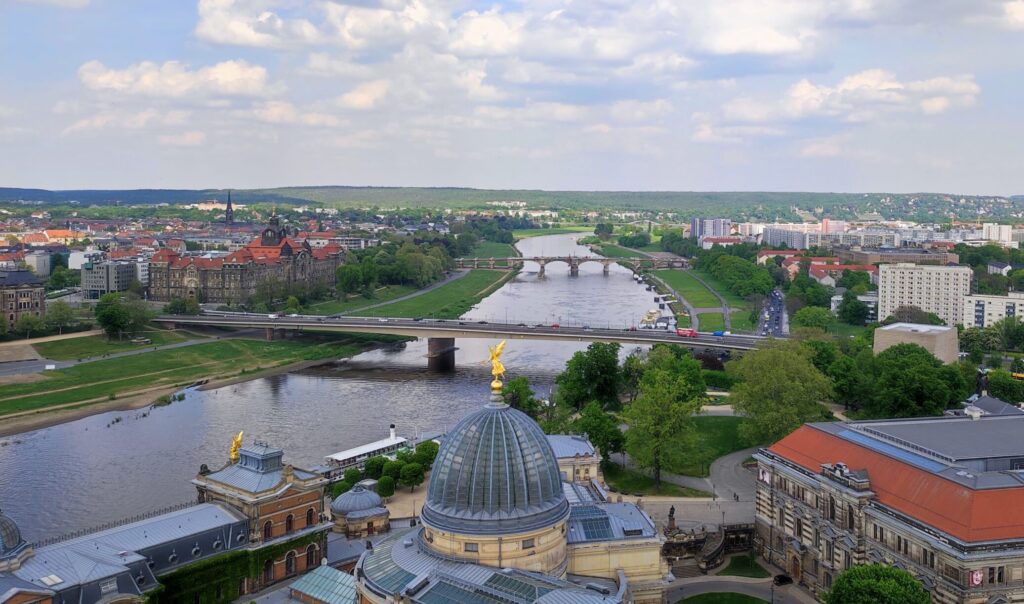Some rivers can and have actually flowed backwards
3 min read
The idea of rivers flowing backward may sound like something straight out of a fairy tale or a sci-fi movie, but believe it or not, it can actually happen in the real world. Though it’s a rare occurrence, certain conditions can cause rivers to reverse their usual direction. But before diving into how and why this happens, let’s first talk a bit about rivers themselves.
In a standard setting, a river starts at a source like a spring, a lake, or melting glaciers. Gravity pulls the water downhill, and it flows until it reaches its final destination, typically another body of water like a larger river, a lake, or the ocean. This flow is guided by the landscape and the pull of gravity, aiming to take the easiest and quickest route downward.
What makes a river flow backwards
Now, let’s introduce some special circumstances that might make a river say, “Hold on, I think I’ll go the other way today!”
- Tidal Influence: Rivers close to the sea can experience what is known as “tidal bore,” where incoming tides are so strong that they push river water backward for a short distance. This doesn’t reverse the entire river, but it does momentarily change the flow direction in the part of the river closest to the sea.
- Strong Winds: Though it’s rare, exceptionally strong and sustained winds can push water in a way that temporarily reverses a river’s flow. This could happen during a severe storm, for example.
- Seismic Activity: Earthquakes can cause significant shifts in the landscape, sometimes enough to reverse the flow of rivers. This change could be temporary or permanent, depending on how drastically the land has shifted.
- Human Activity: Sometimes humans get involved in rerouting rivers for agricultural or urban development purposes. In these cases, the reversal is intentional and usually permanent, facilitated by a system of dams, locks, and canals.
- Glacial Lake Outburst: Occasionally, a lake formed by a melting glacier can burst, releasing a massive amount of water that flows into nearby rivers and could reverse their flow temporarily.
- Storm Surges: Hurricanes and cyclones can produce storm surges, where the sea level rises and pushes water into the mouths of rivers, reversing their flow temporarily.
The Mississsippi has flowed backwards
A famous historical example of a river reversal is the Mississippi River, which temporarily flowed backward due to the New Madrid Earthquakes in 1811-1812. The seismic activity was so intense that it caused the river to reverse its course for a brief period.
Though these occurrences are exceptions rather than the rule, they demonstrate the powerful forces of nature that can influence even something as seemingly steadfast as the direction of a river. It’s like watching a marathon runner suddenly turn around and sprint in the opposite direction. While it’s a rare event, the conditions that cause rivers to flow backward offer scientists unique opportunities to study hydrology, geology, and climate science.
So yes, rivers can technically flow backward, but it takes a rare and potent combination of factors to make this extraordinary event happen. It serves as a striking reminder of the dynamic and sometimes unpredictable world we live in, where even the rivers might change their minds about where they want to go.


